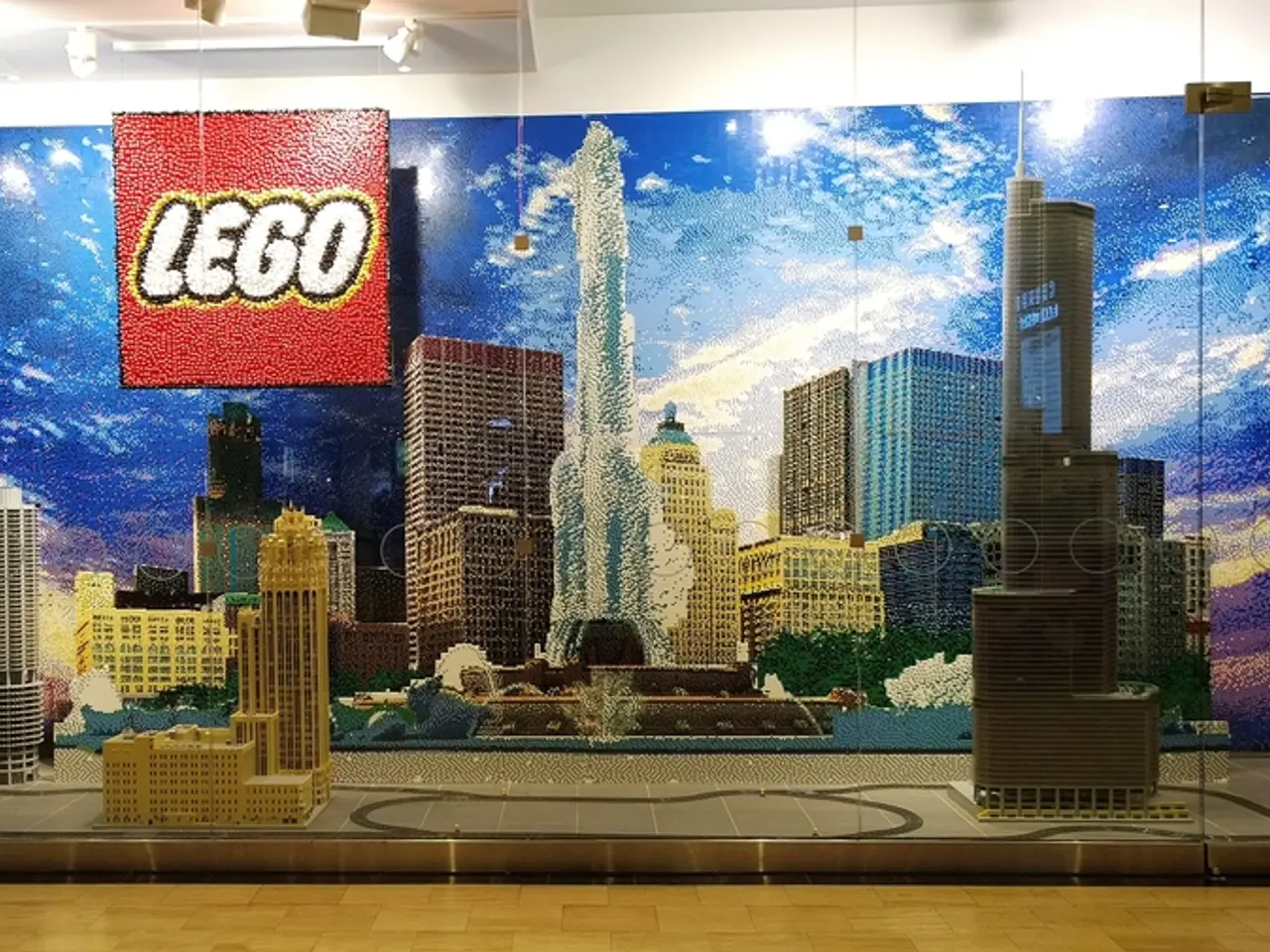Scratch: A Guide and Its Recent Developments. What's the Latest?
Scratch, a free block-based programming tool developed by MIT Media Lab, continues to be a popular choice for children aged 8 to 16 interested in learning coding. First launched in 2007, Scratch has undergone three iterations, using Squeak coding language, ActionScript, and now JavaScript.
Scratch 3.0: A Visual Coding Revolution
The latest version of Scratch is Scratch 3.0, officially released on January 2, 2019. This iteration consists of three sections: a stage area, a block palette, and a coding area. The user interface component “scratch-gui” that powers Scratch 3.0 projects was updated to version 5.1.103 as recently as August 24, 2025.
A High-Level, Block-Based Visual Programming Language
Scratch functions as a high-level, block-based visual programming language designed primarily for children and beginners in coding. It provides an interactive, drag-and-drop environment where users create scripts by snapping together code blocks that represent programming concepts like control flow, variables, and events. Users program sprites (visual characters or objects) by arranging these blocks to create animations, games, and stories.
Key Functional Features
Key functional features of Scratch include block-based coding, sprites and costumes, editor states, online and offline use, accessibility updates, and a community for educators and students. The block-based coding system allows users to build programs without typing syntax, while the sprites and costumes feature enables animation. Editor states manage projects through multiple loading and editing states, and the online and offline use feature allows Scratch to be used in-browser or downloaded for offline editing on various devices. Accessibility updates have introduced high-contrast colors and colorblind-friendly palettes.
A Vibrant Community for Learning and Sharing
The online Scratch community allows for interaction, commenting, tagging, favoriting, sharing, and participating in challenges. Educators have access to the ScratchEd community for sharing resources, stories, and asking questions. As of publishing, Scratch has more than 67 million projects shared by over 64 million users, with 38 million monthly visitors.
A Great Starting Point for Learning Coding
Scratch teaches students action event-based coding in a very basic version, not focusing on deep language structure. It is a great starting point for learning coding as it requires arranging pre-written commands to create actions. The tool allows students to create projects such as animations, video games, and more, using a block code-based interface.
Expanding Potential Outcomes
Scratch can be used with other real-world projects like LEGO Mindstorms EV3 and BBC Micro:bit, expanding the potential outcomes from the coding platform. This integration allows users to combine physical and digital elements in their projects, further enhancing their learning experience.
In summary, Scratch 3.0 is a visual programming platform updated regularly to improve usability, accessibility, and functionality, enabling young users to learn programming through intuitive block-based scripting and interactive projects. It provides a vibrant community for learning and sharing, making it an ideal starting point for children interested in coding.
Read also:
- Dual-function mattress offers both cooling and coziness at an affordable price.
- Top-Notch Weed Killers for Fences in 2025: Efficient Boundary Management Solutions for a Clean Fence Line
- Jellyfish invade coastlines, forcing closure of nuclear power plant: jellyfish predicament
- Science building at the university reduces yearly energy expenses by $1.2 million, maintaining environmental safety ventilation standards.






